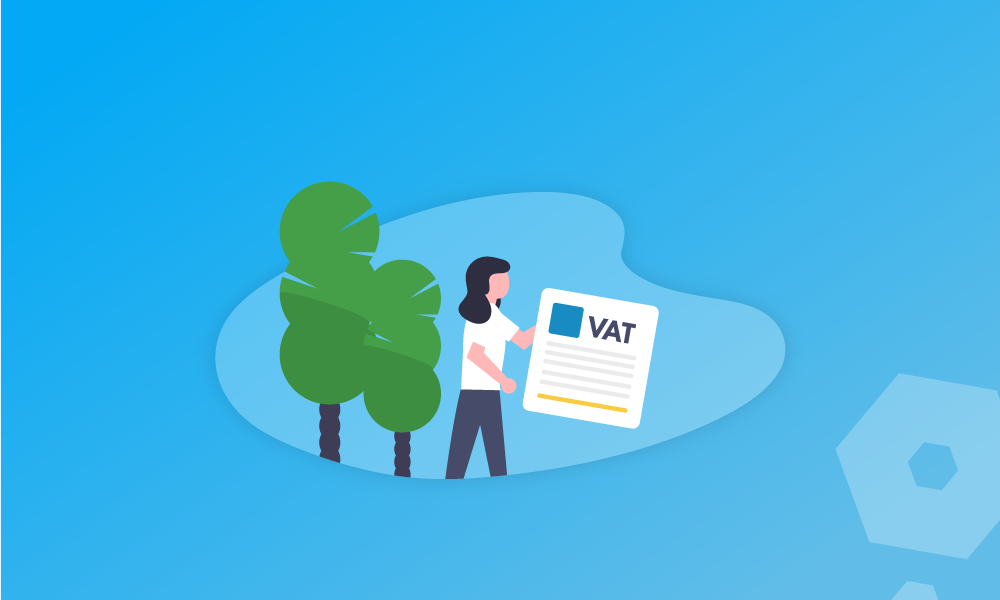The rate of VAT that must be charged varies depending on what goods or services are being supplied. Most items are subject to the standard rate of VAT but there are other categories, including those which are zero rated or even exempt from VAT altogether. In this article we go over what it means to be zero rated versus VAT exempt, and the impact this has on your business.
What are the different rates of VAT?
- Standard rate VAT: Set at 20%, this rate applies to most goods and services which are subject to VAT
- Reduced rate VAT: Currently charged at 5% on things like utilities (such as electric and gas)
- Zero-rated 0% VAT: Applies to most foods, as well as to children’s clothing
- VAT exempt: Items which are not subject to a VAT charge at any rate
It’s the final two on the list that often cause the most confusion, because zero-rating something seems like it might do the same job as making it VAT exempt. They are actually separate, and are treated in different ways.
Zero rated VAT versus VAT exempt
The easiest way to explain how 0% rated VAT is different from VAT exemption is to compare the two.
| What is 0% (zero rated) VAT? | What is VAT exemption? |
|
Goods and services categorised as 0% or zero-rated VAT are still taxable goods, but the rate of VAT charged is 0%. |
VAT exempt goods and services are not taxable, and no VAT can be charged on them. |
Goods and services that fall into the zero-rated VAT category include:
|
Goods and services that fall into the exempt VAT category include:
|
Why does it matter?
A business which sells zero-rated goods and services can register for VAT, but a business which deals exclusively in supplying things which are VAT-exempt can’t.
When a VAT registered business charges VAT on its taxable sales (known in the biz as output tax) it is essentially collecting VAT from its customers, and then passing the tax on to HMRC when it pays its VAT bill. Some businesses benefit from being VAT-registered because of the way that charging and reclaiming VAT works.
- If the business pays more VAT on the products and services it buys than it collects on the sales it makes in the same period of time, it can reclaim the difference between what it has paid, and what it has collected
- When a VAT registered business collects more VAT on its sales than it pays on the products and services it buys, then the business must pay the difference to HMRC
The crucial thing here is that zero rated items don’t actually incur a charge, because the VAT is 0%. If a business sells only (or mostly) 0% rated items, the VAT it pays on the things it buys will probably be more than the VAT it collects from customers.
This means that the business can claim the difference back from HMRC on a regular basis, which is great news for tax efficiency! Unfortunately, being unable to register for VAT means a business which only supplies VAT-exempt goods can’t take advantage of this.
Recording VAT exempt and zero-rated sales correctly
Businesses should record all of their transactions anyway, because this helps you stay on top of your finances, make well-informed decisions, and submit accurate tax returns. If your business deals with both zero-rated and VAT-exempt goods or services, then some of your sales are ‘partly exempt’ so it’s important to make sure you categorise everything correctly! When you make your VAT submission, it will show both your zero-rated sales as well as those which are exempt.
Learn more about using Pandle in your VAT registered business to make MTD submissions easier to manage, and create your free account.

very well explained and easy for us in the office to finally understand. THANK YOU for clarifying the above. Makes a complete sense 🙂